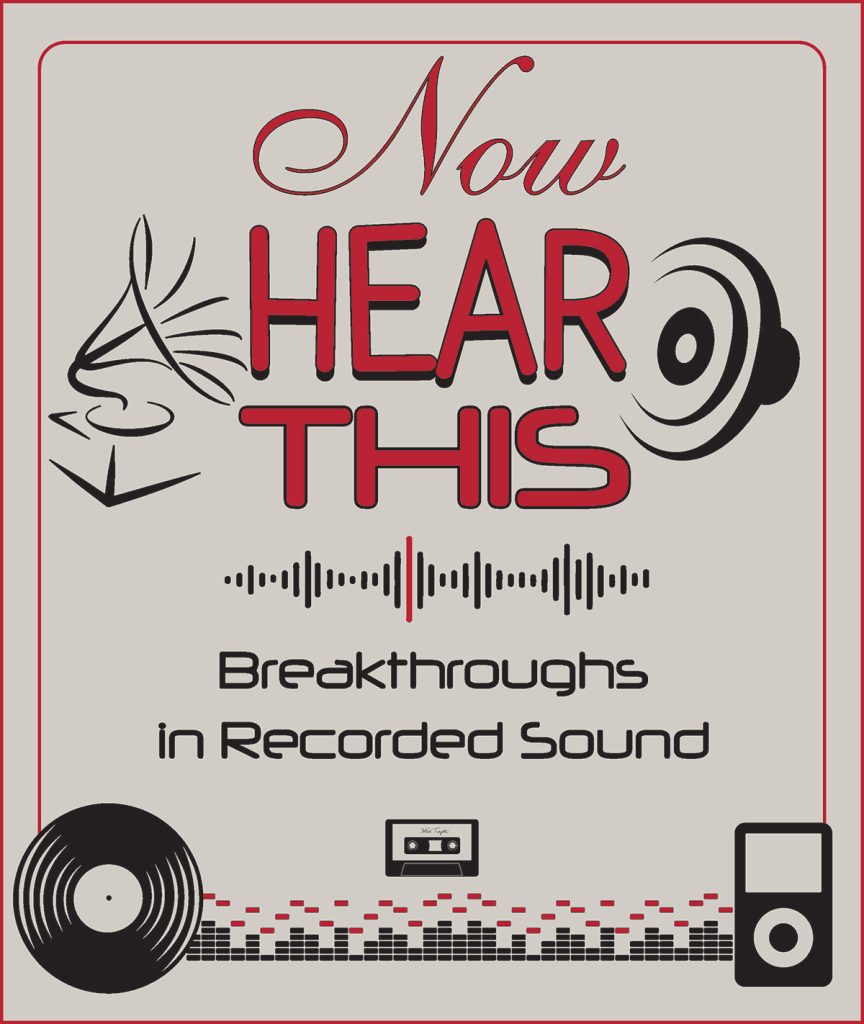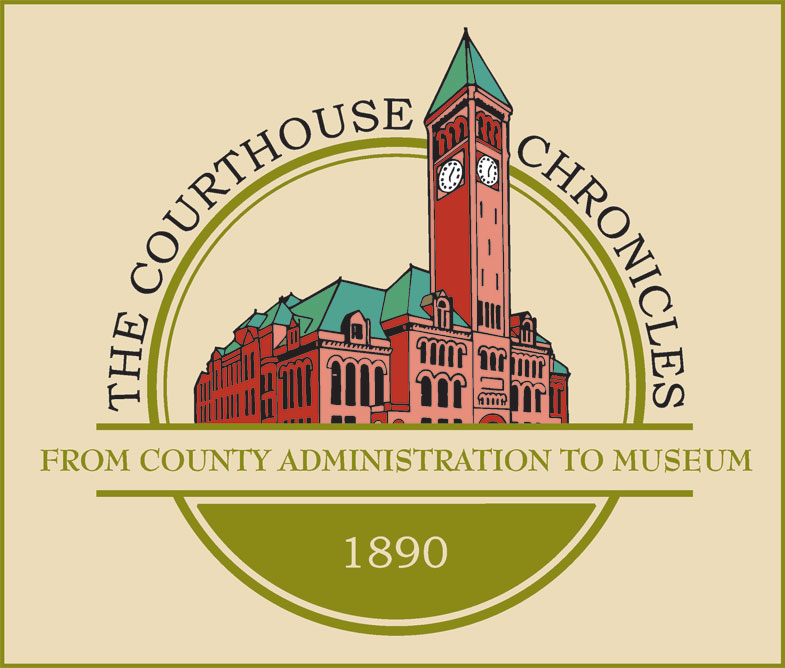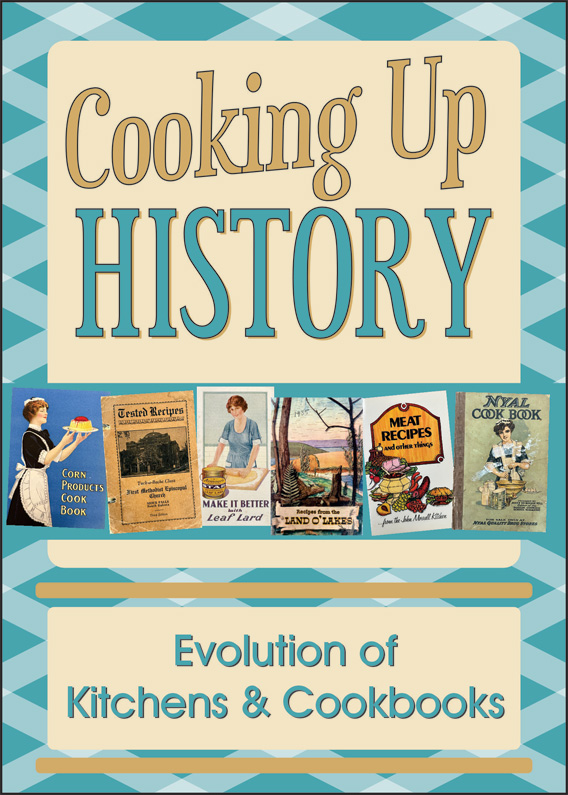Now Hear This: Breakthroughs in Recorded Sound

How much music or audio do you listen to throughout the day? Do you listen to music or a podcast during your daily commute? Do you enjoy listening to something while you exercise or do household chores? Now imagine going through the day, week, month, or year without listening to any recording at all! You don’t have to go too far back in time for that to have been a reality. In fact, the first audio recordings were made less than 150 years ago. Before the advent of recorded sound in the 1880s, people had to go to concert halls and similar venues to hear live performances. In the exhibit Now Hear This: Breakthroughs in Recorded Sound, visitors will learn about the history of recorded sound from its beginnings with the Edison Phonograph in the 1880s to digital recordings of today. The exhibit will examine the evolving ways recordings have been made and the many devices we’ve used to listen to them.
The Courthouse Chronicles: From County Administration to Museum

To celebrate the 50th anniversary of the Siouxland Heritage Museums, we will be opening The Courthouse Chronicles, an exhibit all about the history of the original Minnehaha County Courthouse. Divided into three parts, The Courthouse Chronicles looks at how the courthouse has changed over the years: its construction, its decades as a courthouse, and how it became a museum.
In October 1890, Minnehaha County employees began moving into the newly constructed Minnehaha County Courthouse. The building served as the county courthouse for the next 72 years. After a new county courthouse opened in 1962, the original courthouse sat mostly empty. The 1970s brought new workers, researchers, and restoration specialists to kick off the building’s life as a museum.
Cooking Up History: Evolution of Kitchens & Cookbooks

No room in the house has seen as many changes in technologies and social trends as the American kitchen. From pioneer times to today, innovative technologies like updated stoves, refrigerators, and packaged goods have eased the labor involved in cooking.
The cookbook has changed alongside the kitchen. While some may look at a cookbook as just a list of ingredients, others see it as a snapshot of history. Cookbooks give us insight to what was in a typical kitchen during the time period it was written, including popular dishes and what types of goods were available.
Symbol of Freedom: The US Flag Exhibit

In America, the flag is a fixture of everyday life. We fly it from our businesses, homes, and public buildings. It is used in politics, media, advertising, and even our clothing. As Americans, we treat our flag with respect, pride, awe, and occasional irreverence. The meaning of the American flag is personal to each of us, and is often influenced by when we grew up, where we grew up, and even how we grew up. The flag can be used to express patriotic pride, or it can signify the freedom to disagree in protest.
The flag stands for our past, our present, and our future. It represents our principles, our freedoms, and our opportunities. It honors our heritage, our diversity, and our unity. Our flag is a symbol of everything that is America. But how did it get to be what it is? Come explore the history of the American Flag on exhibit beginning in July. Funding was provided by the Mary Chilton Chapter of the National Society Daughters of the American Revolution through the Mary Chilton DAR Foundation, Sioux Falls, S.D.
Playing Favorites: 100 Great Artifacts

Whether they’re books, restaurants, or bands, we all have our favorites. It’s no different here at the museum. We’ve seen thousands of unique and interesting artifacts come through the museum’s doors. Whether it be a musket from the Revolutionary War, a newspaper, or a photograph, many of these artifacts have left impressions on the museum staff and volunteers. While we’d always like to feature our favorite artifacts, we sometimes don’t have an opportunity to place them in an exhibit. To change that, we decided to share our favorite artifacts in a new exhibit called Playing Favorites: 100 Great Artifacts. Every museum staff member and volunteer selected their favorite artifacts. Many have interesting stories, personal connections, or are just unique to look at.
Northern Plains Native Americans: Connection with the Natural World

Regardless of when and where someone lives, they must adapt and survive within their environment. Wherever one chooses to live, their way of life is shaped by what nature gives them, both good and bad. Those who suffer through a long winter live differently than those that live on an island with year-round sun and moderate temperatures. Living on, and surviving on, the Northern Plains for hundreds of years has meant adaptation. It has shaped what people have worn, how they have collected their food, and their religious and societal rites. Native tribes who called the Northern Plains home survived and flourished. They learned how to cope with changing seasons, utilize the wildlife present and harvest the abundance of their surroundings. They had to battle nature as much as live with it. From this natural world came a bounty that shaped every aspect of people’s lives.
